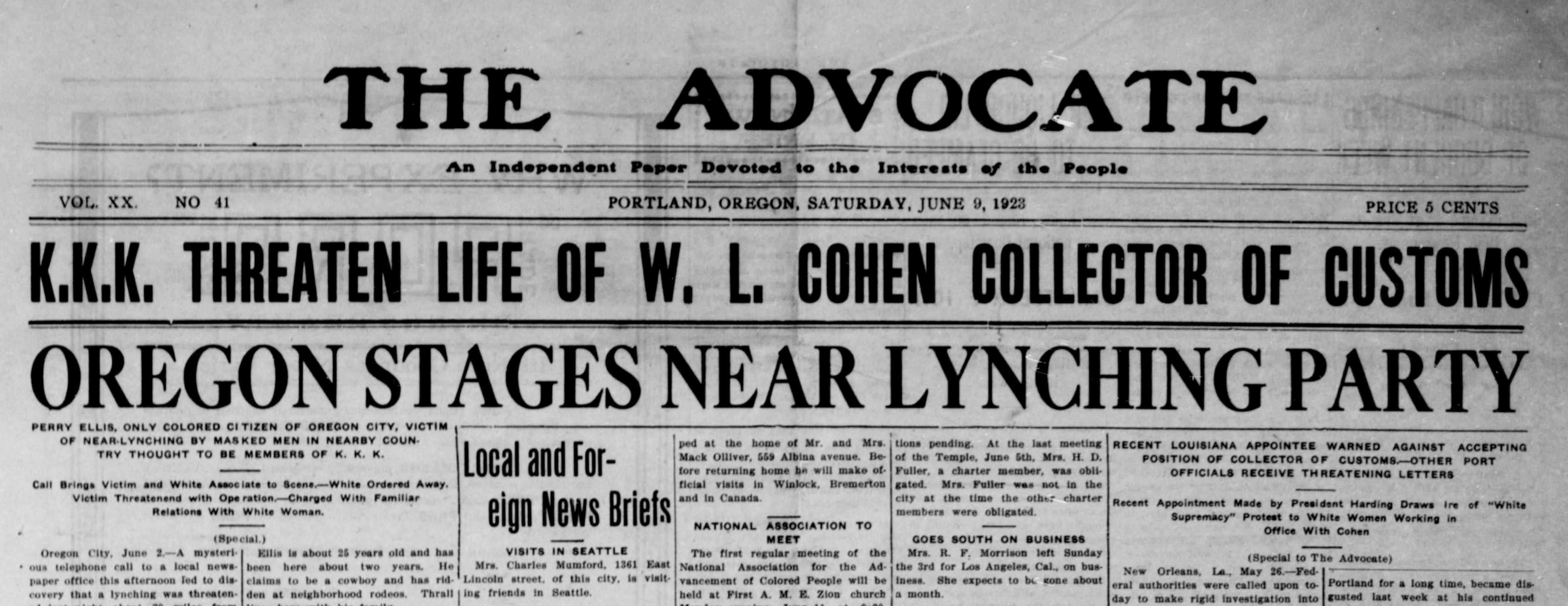The Ultimate Guide To News Articles
The Ultimate Guide To News Articles
Blog Article
7 Simple Techniques For News Articles
Table of ContentsNot known Incorrect Statements About News Articles The 2-Minute Rule for News ArticlesRumored Buzz on News ArticlesIndicators on News Articles You Need To KnowHow News Articles can Save You Time, Stress, and Money.
Good expertise of various subjects offers trainees a competitive side over their peers. Even though digital and social media sites are conveniently obtainable, we should not fail to remember exactly how crucial it is to read the newspapers. Moms and dads need to attempt and instill the routine of reviewing a newspaper as a day-to-day routine to proceed the legacy of the adored print medium.News tales also have at least one of the following essential characteristics loved one to the desired audience: closeness, importance, timeliness, human passion, anomaly, or repercussion.
Within these restrictions, information tales also aim to be extensive. Nevertheless, various other variables are involved, some stylistic and some stemmed from the media kind. Among the bigger and extra highly regarded papers, justness and equilibrium is a major element in providing info. Commentary is usually constrained to a different section, though each paper may have a various general slant.
Papers with a worldwide target market, as an example, have a tendency to make use of a more formal style of composing. The specific options made by a news outlet's editor or content board are usually accumulated in a style guide; common style guides include the and the United States Information Style Book. The primary goals of information writing can be summed up by the ABCs of journalism: accuracy, brevity, and quality.
Indicators on News Articles You Need To Know
As a rule, journalists will not use a long word when a short one will do. Information authors attempt to avoid using the same word a lot more than as soon as in a paragraph (in some cases called an "resemble" or "word mirror").
However, headlines sometimes leave out the topic (e.g., "Jumps From Boat, Catches in Wheel") or verb (e.g., "Pet cat woman lucky"). A subhead (also subhed, sub-headline, subheading, subtitle, deck or dek) can be either a secondary title under the main heading, or the heading of a subsection of the post. It is a heading that comes before the main text, or a team of paragraphs of the primary text.
Additional billboards of any of these kinds may show up later in the write-up (particularly on succeeding pages) to lure more reading. Such signboards are also utilized as pointers to the post in other sections of the magazine or website, or as ads for the item in other magazine or sites. Typical framework with title, lead paragraph (recap in bold), various other paragraphs (information) and contact info.

Example of a hard-lead paragraph NASA is recommending one more room job. The budget demands roughly $10 billion for the project.
The NASA announcement came as the agency requested $10 billion of appropriations for the project. An "off-lead" is the second essential front page news of the day. The off-lead shows up either in the top left corner, or directly listed below the lead on the. To "bury the lead" is to start the article with history details or information of secondary value to the readers, requiring them to find out more deeply into a short article than they ought to have to in order to discover the crucial factors.
Things about News Articles
Common use is that one or 2 sentences each develop their own paragraph. Journalists generally define the company or structure of an information tale as an upside down pyramid. The important and most fascinating components of a tale are put at the beginning, with supporting details adhering to in order of lessening relevance.
It permits individuals to check out a topic to only the deepness that their interest takes them, and without the charge of information or subtleties that they could consider irrelevant, yet still making that info offered to more interested viewers. The upside down pyramid structure also makes it possible for posts to be trimmed to any arbitrary size throughout design, to fit in the space available.
Some writers begin their tales with the "1-2-3 lead", yet there are lots Visit Your URL of type of lead available. This layout invariably begins with a "Five Ws" opening paragraph (as defined over), followed by an indirect quote that serves to sustain a major component of the first paragraph, and after that a direct quote to sustain the indirect quote. [] A kicker can describe several points: The last tale in the news program; a "happy" tale to finish the show.
Longer short articles, such as magazine cover articles and the pieces that lead the within sections of a newspaper, are referred to as. Function tales differ from straight information in several methods. Foremost is the lack of a straight-news lead, most of the moment. As opposed to providing the significance of a tale up front, feature authors may attempt to lure viewers try this website in.
How News Articles can Save You Time, Stress, and Money.
An attribute's first paragraphs usually relate an interesting moment or event, as in an "anecdotal lead". From the details of an helpful resources individual or episode, its view rapidly expands to generalities about the story's topic.

The Editor's Tool kit: A Reference Overview for Beginners and Professionals (2001) Allan M. Siegal and William G. Connolly. The New York Times Guidebook of Design and Use: The Official Style Guide Made Use Of by the Writers and Editors of the World's Many Reliable Newspaper (2002) M. L. Stein, Susan Paterno, and R.
Report this page